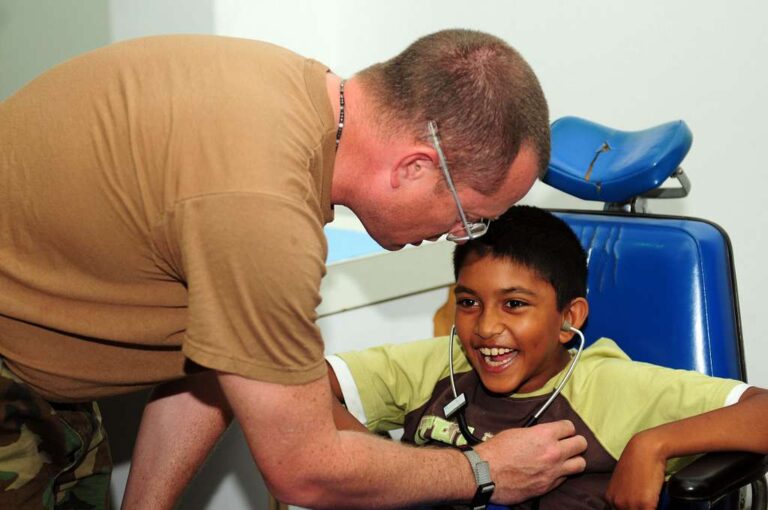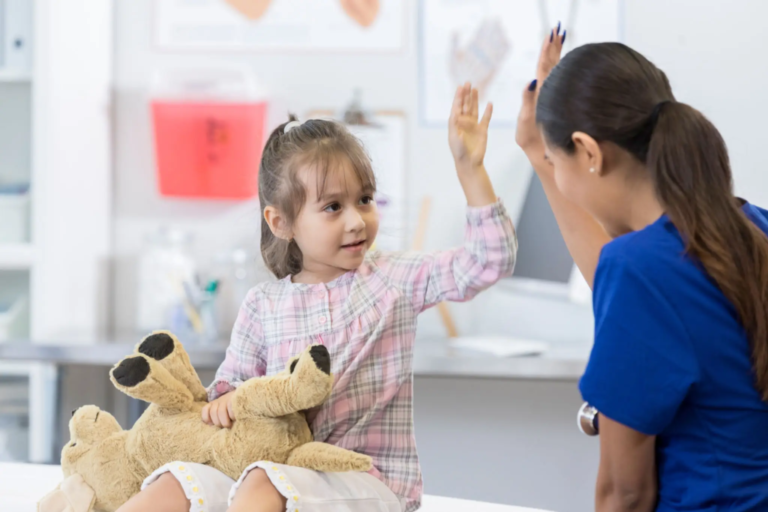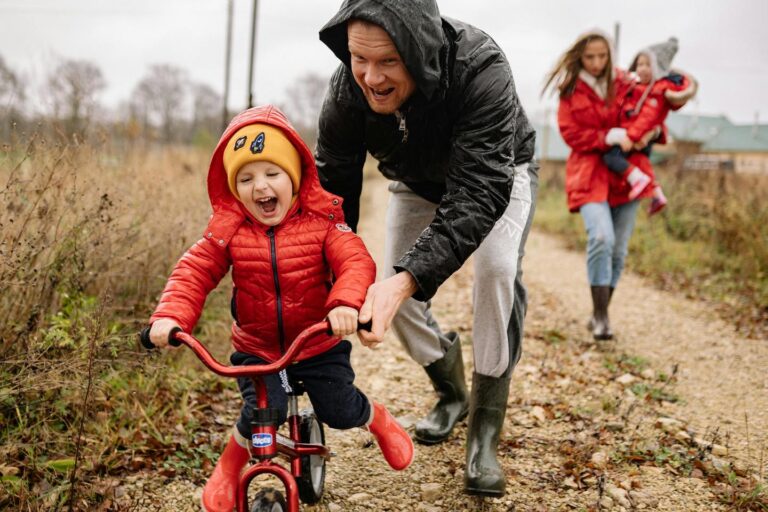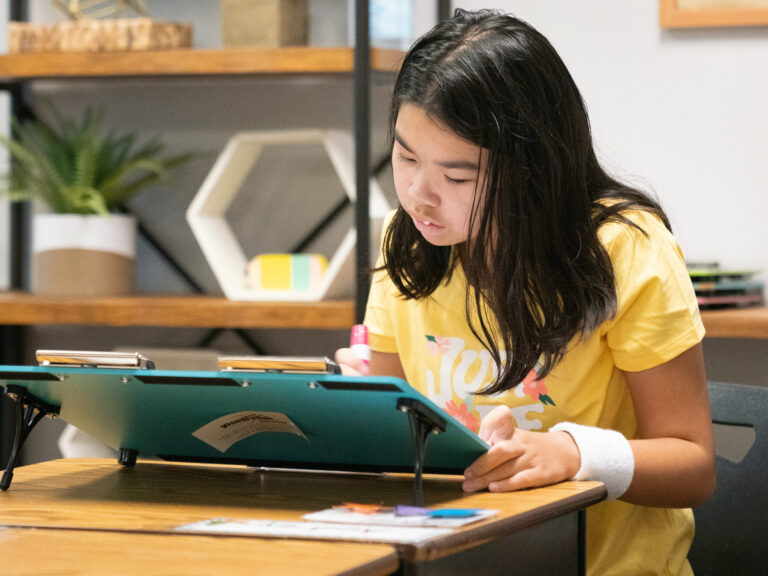How To Recognize ADHD Symptoms in Children and When To Seek Help

ADHD signs in children often emerge with subtle and complex patterns. Children may struggle with attention, restlessness, or impulsive behavior, which can affect schoolwork, social interactions, and daily routines. Here are a few signs for parents that may indicate it is time to consult a pediatric specialist:
Recognizing Early Signs of ADHD in Children
ADHD symptoms appear differently across children, but specific patterns can help distinguish them from typical developmental behaviors. Children may display persistent challenges that affect focus, activity levels, and impulsive behavior, which can impact daily routines at home, school, and in social settings.
Here are a few early signs:
- Inattentiveness Indicators – Easily distracted, forgetful, struggles with multi-step instructions, difficulty sustaining focus, challenges with organization.
- Hyperactivity Manifestations – Constant movement, fidgeting, excessive talking, difficulty remaining seated, and challenges engaging in quiet activities.
- Impulsivity Signs – Difficulty waiting for turns, blurting out answers, interrupting others, acting without considering consequences, and emotional regulation challenges.
Understanding ADHD Symptoms Across Different Age Groups
ADHD symptoms appear differently as children grow. In preschool years, restlessness, difficulty following instructions, frequent temper tantrums, and low interest in quiet activities may be observed. Sleep patterns can be irregular, and daily routines often require extra guidance. During elementary school, attention and focus challenges become more noticeable. Completing assignments, following rules, and staying on task can take more effort, while social interactions may be affected, and homework often demands additional support from caregivers.
In adolescence, hyperactivity often decreases, but difficulties with attention and organization can persist. Academic work becomes more complex and requires greater independence. Social expectations shift, and risk-taking behaviors may emerge as individuals explore independence. Observation and consistent support help families and caregivers adjust routines and strategies to meet the needs of this developmental stage.
Assessing the Impact of ADHD on Daily Activities
ADHD often influences many areas of a child’s daily functioning. Academic tasks may take longer to complete, and following instructions or maintaining focus during lessons can be challenging. Social interactions are also affected in some cases, as children may interrupt conversations, struggle to share, or have difficulty following rules, which can influence relationships with peers. These challenges sometimes contribute to frustration and a sense of isolation.
Family routines may require additional attention and adjustment, as tasks like morning preparations, homework, and bedtime can demand extra supervision. Sleep patterns may also be disrupted, with children experiencing difficulty falling asleep, frequent awakenings, or restless sleep. These variations in rest can make daytime routines and focus more challenging. Managing these interconnected areas often involves observation, adaptation, and support from caregivers and others in daily life.
When to Consult a Pediatric Specialist for ADHD Concerns
Evaluation addresses challenges that affect a child’s routines at home, school, or in social settings. Teachers and caregivers often report difficulties with maintaining focus, completing tasks, or engaging in peer interactions. Information from parents, teachers, and the child, combined with structured assessments, provides a more comprehensive perspective on behaviors across various environments. Other factors, such as sleep patterns, attention differences, or sensory challenges, contribute to understanding the child’s needs and support planning strategies that fit their situation.
Steps to Take After an ADHD Diagnosis
After an ADHD diagnosis, a coordinated plan often combines behavioral strategies, educational adjustments, and, in some cases, medication. Behavioral interventions support the development of self-regulation and coping skills, while educational accommodations address learning challenges and daily routines. Collaboration among healthcare providers, teachers, and caregivers enables progress to be monitored and strategies to be adapted as the child grows. With ongoing support, children gradually navigate challenges, build effective habits, and engage more successfully in school and social settings.
- What to Expect When Visiting a Foot and Ankle Specialist
- Causes of PTSD
- The Link Between Plantar Fasciitis and Weight Gain: What You Need to Know
- How Pet Ownership Can Positively Impact Life with Fibromyalgia
- The Importance of Stretching and Flexibility in Sports Medicine
Dr. Emma Green is a health and wellness expert with over 10 years of experience in nutrition and fitness. Passionate about helping others live their healthiest lives, Dr. Green shares practical advice on wellness, nutrition, and sustainable living through LivingSpristine.






